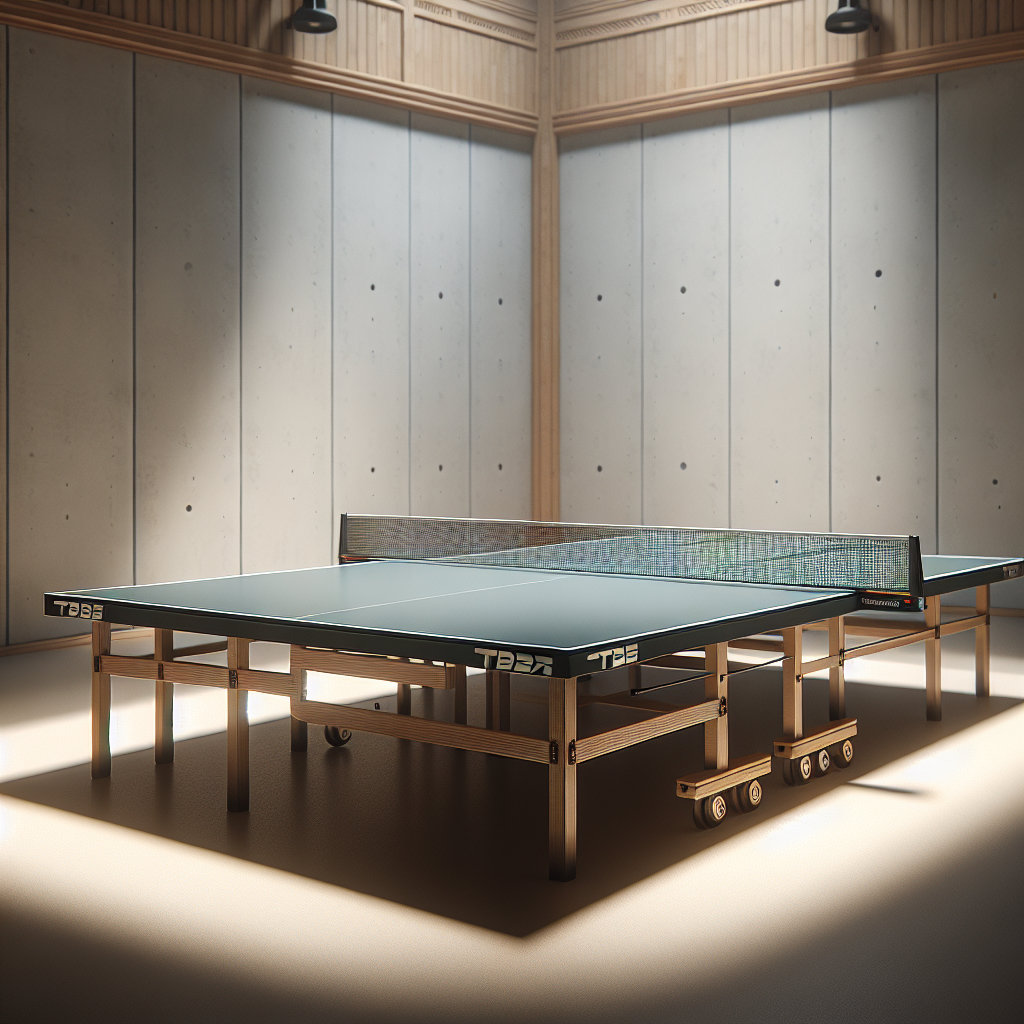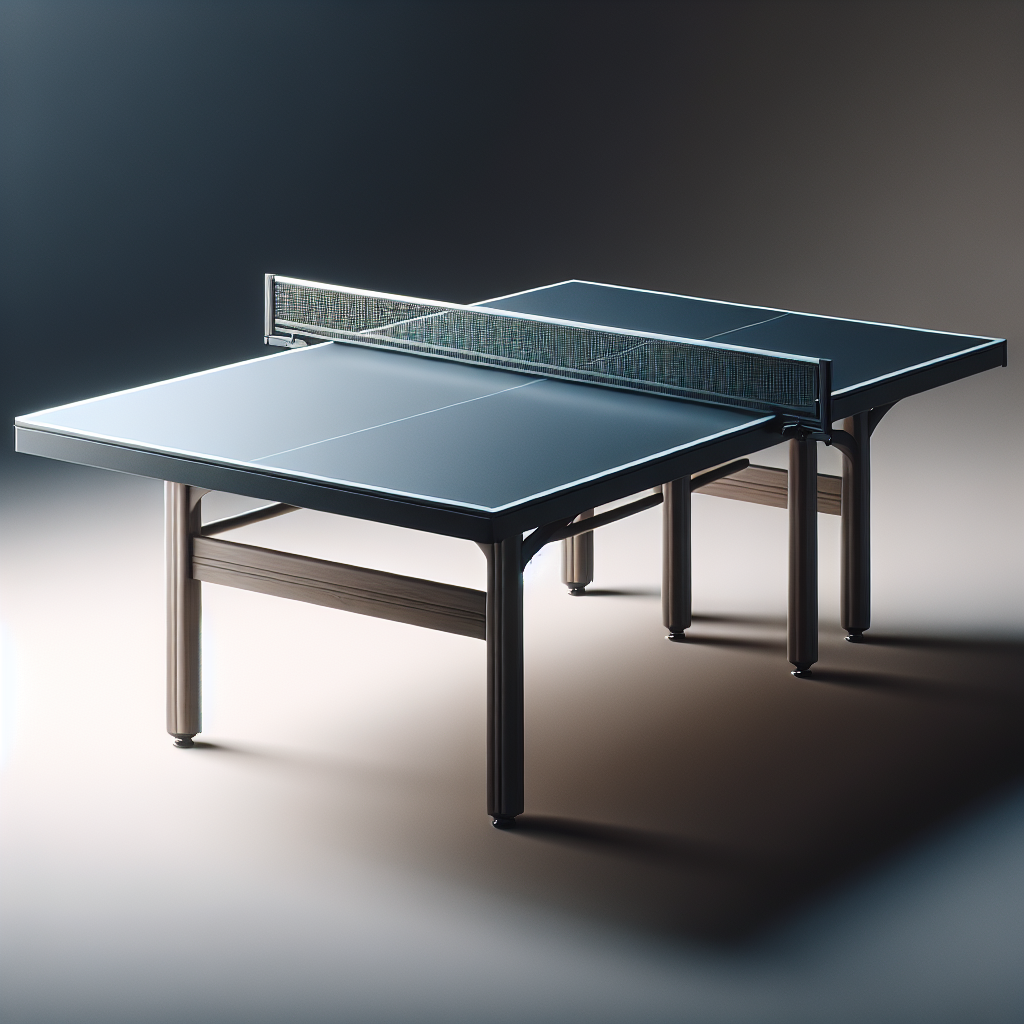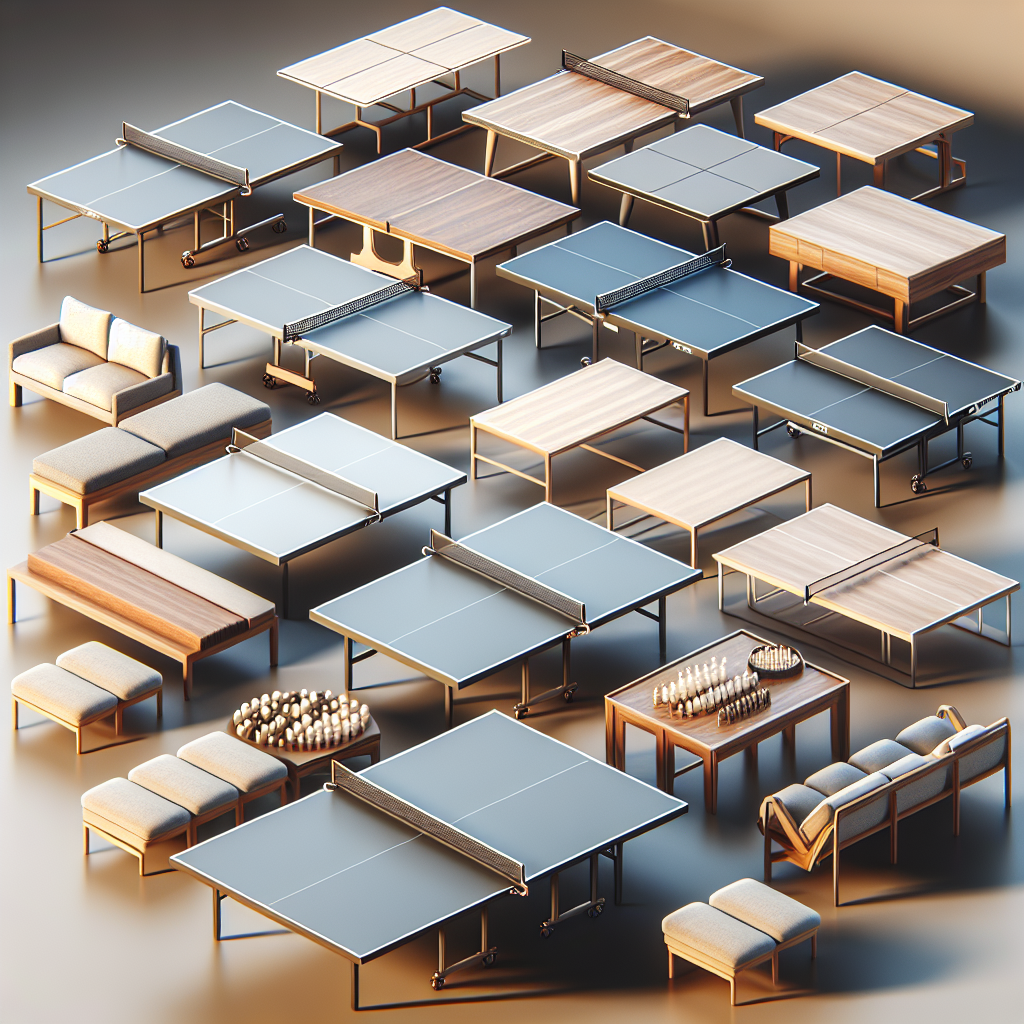The Basics of Ping Pong Rules
Alright, let’s break down the essentials of ping pong rules so you can hit the table with confidence. We’ll cover the scoring system and what it takes to win a game.
Scoring System
Ping pong scoring is pretty straightforward. In Olympic matches, the first player or team to hit 11 points wins the game, but you gotta have a two-point lead. For singles, it’s a race to win the best of seven games. Team matches mix it up with four singles and one doubles match, each played best of five games.
In your everyday table tennis, the goal is still 11 points with that two-point cushion. Matches are usually best three out of five games (PongFit). Fun fact: the International Table Tennis Federation (ITTF) switched from 21 points to 11 back in 2001.
Winning a Game
To snag a win, you need to be the first to 11 points with a two-point lead. If it’s tied at 10-10, the game keeps going until someone pulls ahead by two points. In the final game of a match, players switch sides when one hits five points.
Knowing these basics will make you a ping pong pro in no time. Whether you’re playing singles or team matches, understanding the rules will keep you ahead of the game. For more tips and tricks, check out our articles on official ping pong rules, ping pong rules singles, and ping pong rules doubles.
Serving Rules in Ping Pong
Serving in ping pong isn’t just about getting the ball over the net; it’s about setting the stage for the entire game. Let’s break down the serving rotation in doubles and dive into some killer serving techniques.
Serving Rotation in Doubles Matches
In doubles, the serving rotation keeps things fair and square. According to the official rules, serves must go from the server’s right court to the receiver’s right court. After serving twice, partners switch places. This keeps everyone on their toes and stops any one player from hogging the spotlight.
Sticking to this rotation means everyone gets a fair shot, and it spices up the game by mixing up positions and challenges. It’s like a dance where everyone gets a turn to lead.
Serving Techniques
Now, let’s talk about the fun part—serving techniques. These can make or break your game, and knowing a few tricks can give you the upper hand.
-
Forehand Serve: This is a go-to for many players. You hit the ball with a forehand grip, adding speed and spin to keep your opponent guessing.
-
Backhand Serve: With the backhand serve, you use a backhand grip. This opens up different angles and spin variations, giving you a whole new set of options.
-
Topspin Serve: Brush the ball from bottom to top with a slightly closed racket angle. This adds topspin, making the ball bounce and curve unpredictably. It’s great for putting your opponent on the defensive.
-
Backspin Serve: For this one, you brush the bottom of the ball with a slightly open racket angle to add backspin. The ball stays low, forcing your opponent to lift it, which can lead to mistakes.
-
Sidespin Serve: Add a lateral spin to the ball by brushing it sideways. This makes the ball curve, making it tricky for your opponent to return.
Mixing up your serves keeps your opponent on their toes. They won’t know what’s coming next, making it harder for them to predict the ball’s path and spin. But remember, serving is just one part of the game. You need a solid overall strategy and good shot selection to really dominate.
Mastering the serving rotation in doubles and nailing these serving techniques can seriously up your ping pong game. Use these tips to outsmart your opponents and rack up those points.
How to Play Ping Pong: The Rules You Need to Know
Ready to up your ping pong game? Let’s break down the rules so you can play like a pro. We’ll cover the basics of rallies and the specifics of doubles play.
Rally Rules
A rally is the back-and-forth exchange of shots between players. Here’s how you score points:
- If you hit the ball over the net and it lands on your opponent’s side without them touching it, you score a point.
- If you miss the ball, hit it into the net, or send it out of bounds, your opponent scores a point (WikiHow).
- If the ball clips the net but still lands on the opponent’s side, the rally continues without any points awarded.
- If the ball doesn’t make it to the opponent’s side or bounces twice on your side, your opponent scores (WikiHow).
These rules keep the game fair and fast-paced. Stay sharp, anticipate your opponent’s moves, and be quick on your feet to keep the rally in your favor.
Doubles Play Rules
Doubles ping pong involves two teams of two players each. Here’s how to keep it fair and fun:
- Teams take turns serving, with each player serving two points in a row. If the score ties at 10-10 (deuce), the serve alternates after every point (PongFit).
- When serving, the ball must go from your right court to your opponent’s right court, meaning it should be served diagonally.
- After serving twice, you and your partner must switch places to ensure everyone gets a fair shot. Mess this up, and the other team gets a point.
Good communication and teamwork are key in doubles. Make sure you and your partner are in sync to dominate the game.
Final Thoughts
Knowing the rally rules and doubles play regulations is essential for a smooth and enjoyable ping pong experience. Whether you’re playing singles or doubles, sticking to these rules ensures fair play and keeps the game fun. For more details on official ping pong rules, check out the International Table Tennis Federation (ITTF) or your local table tennis association.
So grab your paddle, find a partner, and get ready to smash your way to victory!
Official Table Tennis Gear
Ready to smash it at table tennis? Let’s make sure you’ve got the right gear. Here’s the lowdown on what you need to play like a pro, from tables to rackets and balls.
Table Specs
First up, the table. It’s not just any old surface. The official table tennis table is 9 feet long and 5 feet wide. You can make it out of plywood, particle-board, concrete, metal, plastic, or fiberglass. But no matter what, the ball’s bounce has to be spot-on.
For outdoor games, you need a table that can handle the elements. These tables are usually 4 to 10 millimeters thick and weather-resistant. Perfect for schools, parks, or your backyard. And if you’re serious about competition, look for tables approved by the International Table Tennis Federation (ITTF). These often come with a Compact Storage System (CSS) for easy folding and storage.
Racket and Ball Rules
Now, let’s talk about the ball. It’s a tiny but mighty 40 millimeters in diameter and weighs about 2.7 grams. Official balls are either orange or white, making them easy to spot during fast-paced games.
Your racket, or “bat,” is your best friend on the table. It’s around 17 centimeters long and 15 centimeters wide. Made mostly of wood, it has a rubber surface on both sides, usually black and red. This combo gives you the grip and spin you need to outplay your opponent.
Why It Matters
Using gear that meets official standards isn’t just about following rules. It ensures a fair game and helps you play your best. Whether you’re just having fun or aiming for gold, the right equipment makes all the difference.
So, grab your racket, set up your table, and get ready to serve up some serious fun!








